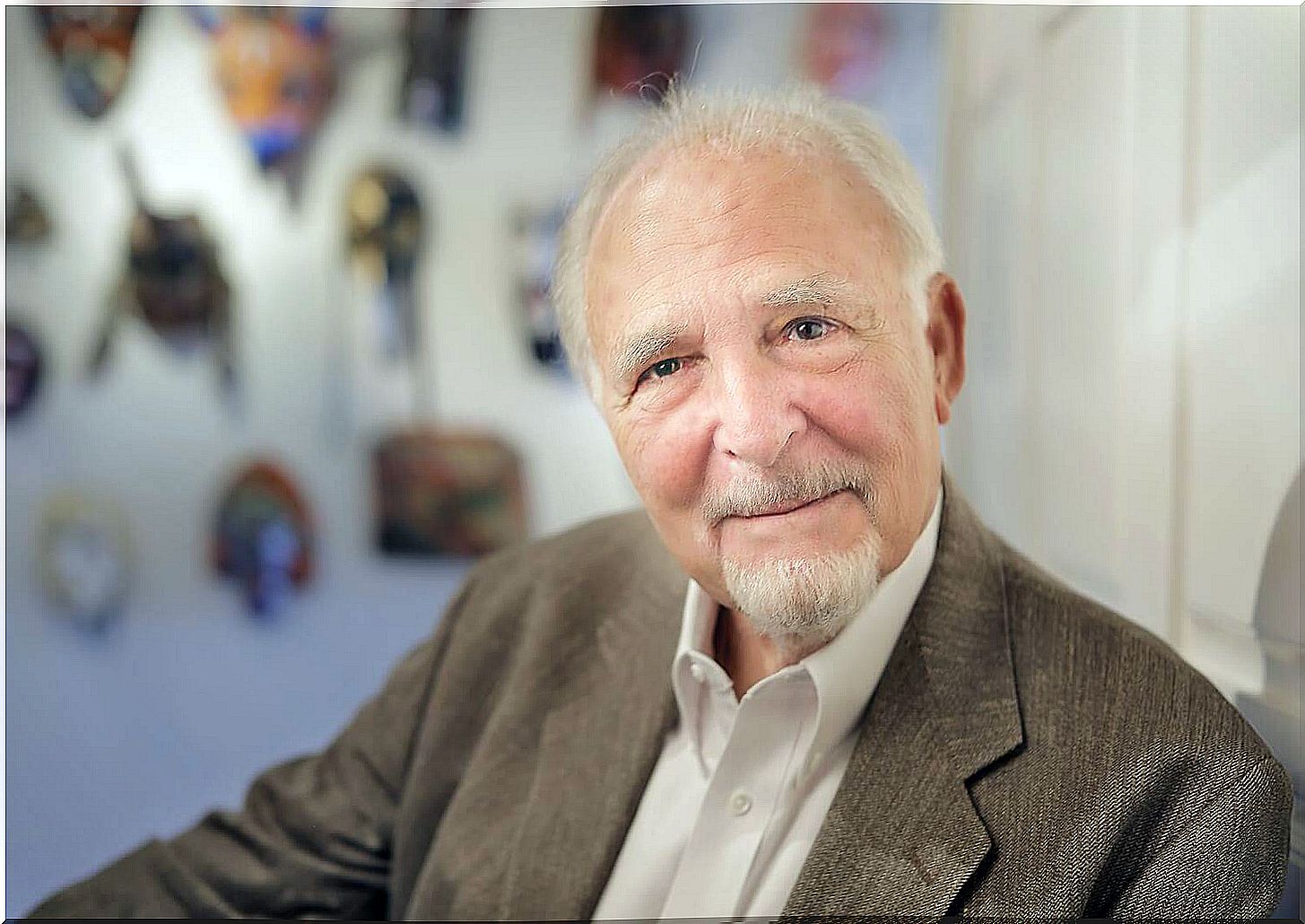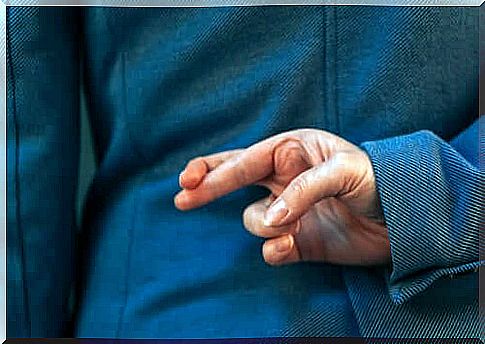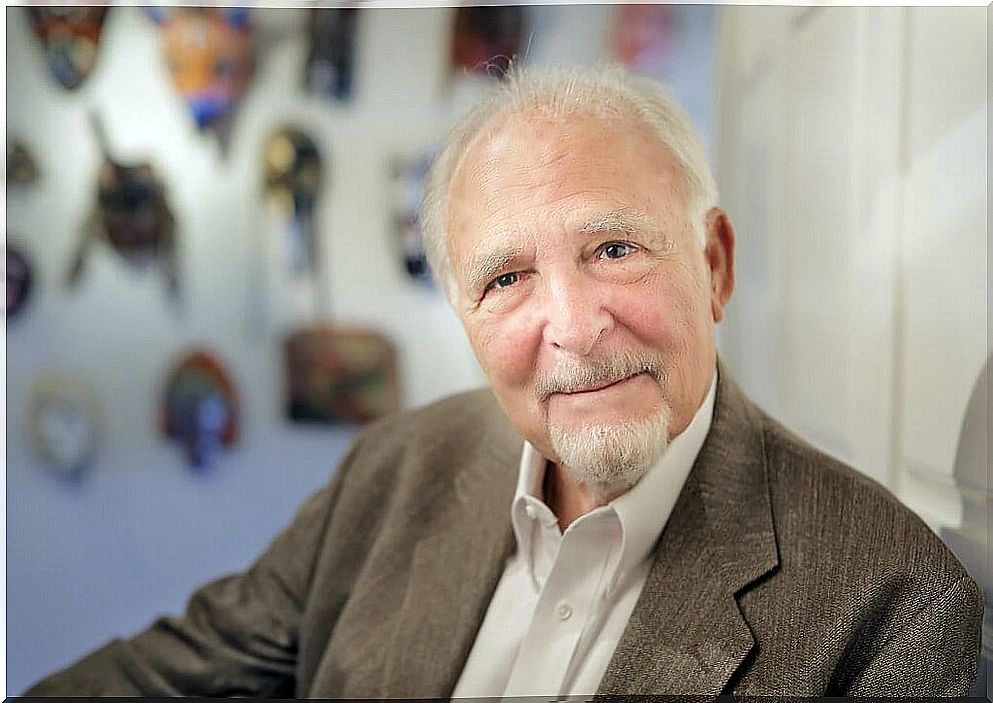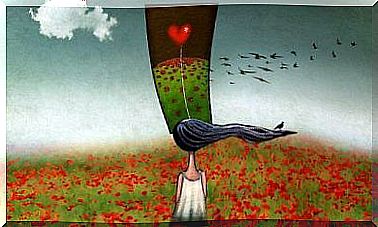How To Detect Lies According To Paul Ekman?

Emotions are a world of their own. They attract our attention so much that they have been studied from different perspectives. Psychology is perhaps one of the most important. So, in this context, we studied how to detect a lie.
Join us on our journey with this article. We will explain to you what we mean by lie, but also how to detect it according to psychologist Paul Ekman. Thus, we will first of all evoke the biography of this singular psychologist.

Paul Ekman: who is this?
Paul Ekman is one of the most important psychologists today. THE’American Psychological Association) recognized him for the relevance and scope of his contributions to psychology. Its most important contributions are associated with emotions and facial microexpressions.
He has also received several awards for his scientific research. For example, the Eureka Prize for the Communication of Science, and the William James . He also appeared in a BBC documentary and inspired shows like Lie to Me.
Paul Ekman was born on February 15, 1934, in the United States. He is considered to be one of the most influential psychologists of the 20th century. He was a professor at the University of California and an advisor to the United States Department of Defense as well as to the FBI.
He has written popular science books, such as The Nature of Emotion. In addition, he has written several popular science articles for journals and journals. He continues his research, focusing on the study of lying.
What is a lie?
The lie – according to the National Center for Textual and Lexical Resources – is an “untruthful statement made with the intent to deceive”.
Certainly, to know what it is, it is necessary to understand that, according to Ekman, there are six basic emotions:
- Joy
- Fear
- Anger
- Disgust
- Surprise
- Sadness
Each emotion is associated with a non-verbal language. A communication that has a special reflection in our facial expression. While people are more willing to comment verbally, they will also express non-verbal language associated with the way they feel. Feeling cheated or cheated is not the exception, we can express it on both levels.
How to detect the lie?
For Ekman, we are not very good at inhibiting easy expressions when we are emotional. Moreover, it is our facial expressions that betray us.
Therefore, lie detection would be possible through the detection and interpretation of facial expressions. We also communicate through other parts of the body. The most revealing are nevertheless those of the face.
Let’s see what are the facial clues of lying:
- The face can contain a double message: what the liar wants to show, and what he wants to hide
- Authentic expressions are not voluntary: it is therefore easy to detect lies if we know how to identify them.
- Variations in the appearance of the eye: These are produced by the muscles that surround the eyeball. This changes the shape of the eyelids, iris, and the amount of white in the eye, and with that, the general impression when looking into the eyes.
- The direction of gaze: when people feel guilty or ashamed, they tend to look away
- The blinking of the eyes: it increases when people feel an emotion
- Time: the duration of facial expression is vital to detecting a lie. If the expressions are longer than 10 seconds, it is more likely that they are not authentic
We can also take other phenomena as a reference to detect lies:
- Fake smiles
- Synchronization
- Pupil dilation
- Activation of facial muscles
- Blushing
One can also detect a lie through words, voice and body. People who lie tend to pay more attention to the words they use. They invest more resources in this mission and abandon other aspects, such as facial expressions.
Tone of voice, pauses, and verbal errors help us know if we are being lied to. Elements may appear which do not convey the message conveyed by the words.
We’ve all had the feeling that there is something wrong with what they are telling us, which is warning us, although we don’t know what. This is because much of the nonverbal behavior is unconscious.
To define the lie, Ekman in his book

Technology to detect lies
Another lie detector is called the polygraph, nicknamed the lie hunter. It is a technology that records a person’s bodily responses when questioned. Admittedly, it is used during legal proceedings in some countries. However, today we do not have reliable studies that demonstrate the effectiveness of the combination this technology uses to determine whether someone is lying or telling the truth.
In short, emotions are a precious source for analyzing behavior. The emotions that we show or hide in many ways. Among these we find in particular non-verbal language, an area in which Paul Ekman’s contributions are recognized. We thank him for this wonderful heritage.










